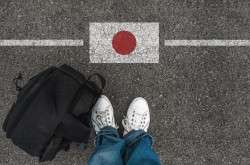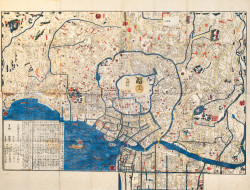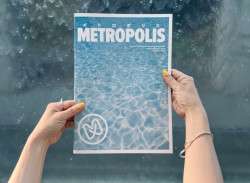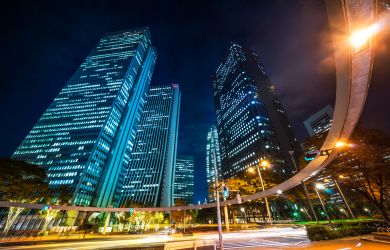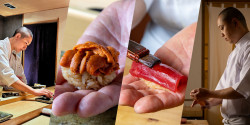
Originally published on metropolis.co.jp on January 2012

Here’s the thing about risk: we can’t completely escape it. While we can mitigate it through responsible behavior, we go about our daily business without thinking of the myriad ways our lives could be snuffed out through no fault of our own.
Of course, the majority of us don’t fixate on that—and rightly so, otherwise we would all be nothing but terrified, trembling bundles of nerves. Instead, we allow the relative unlikelihood of such events to put us at ease and do our best to limit our exposure to known risks.
As the deadly outbreaks of E. coli poisoning in beef earlier this year can attest, food is one of the areas where we accept a small amount of risk in exchange for the convenience of not having to produce and prepare every morsel ourselves. In general, the systems in place to assure food safety and the resilience of our own bodies ensure that there is very little danger in assuming that that container of supermarket sushi is not going to kill you.
However, the incident at Fukushima Daiichi has us all looking a lot closer at the food we eat and reevaluating that risk assessment. The release of radioactive iodine, cesium and other gamma-ray emitting radionuclides has affected large swathes of northern Japan—including a huge amount of agricultural land. Government testing has been underway, but if public trust was already shaky, it was pretty much destroyed by the recent discovery that rice in Onami, Fukushima, an area previously cleared by prefectural tests, exceeded government safety levels in independent testing. Also, patterns of dispersal and other factors such as indoor/outdoor livestock farming can lead to variable radiation levels, leading to inconsistencies that can make some people uncomfortable.
Nevertheless, it is neither necessary nor advisable to write off all Tohoku products as inedible. It would ruin many livelihoods, crush the weakened economies of affected prefectures, and exacerbate Japan’s food dependence.
The only reasonable response is to arm ourselves with information. This means knowing as much as possible about where our food is produced, and details on radiation testing. This places a burden on the chain of production to provide this information, but those increased costs are surely preferable to a complete loss. Meanwhile, consumers have to educate themselves about the risks associated with the various radionuclides and what levels are truly harmful for human health in the short and long term.
We, as consumers, can encourage producers to voluntarily provide full and honest disclosures—but only if they see it as in their own best interests. That’s why it is so distressing to see the backlash against Hototogisu Bakery and Farm in Okayama, where 80 chickens rescued from Fukushima found a new home.
The Henriettas had been abandoned when their owner evacuated, and some of them had already died from thirst by the time rescuers found them. Since volunteers began bringing them food and water from outside the prefecture and their covered coop largely protected them from exposure, tests on the chickens showed very low levels. Thus, they were put up for adoption.
Hototogisu Bakery and Farm decided to take them in. The owners performed another round of independent tests on the chickens and their eggs, which were found to have 9 becquerels/kg of cesium, well below the government limit of 500 becquerels/kg, and decided to use the eggs in their bakery products. Anticipating community concerns, they distributed flyers explaining the flock’s history and their test results, and clearly marked all items containing the eggs, allowing customers to make an informed choice.
Instead of being commended for their honesty and effort to empower consumers, the farm’s website has been flooded with negative comments from local residents, accusing them of creating a nuclear dump site and contaminating the previously unaffected Okayama food chain. This overreaction prompted one of the owners to say that while she understood the fear associated with the nuclear disaster, there is a point “when following our fears instead of rational and compassionate thought leads us to make irresponsible decisions.”
Japan’s food supply has been exposed to radiation. That much is inescapable. But the risks are relative depending on product, location, and processing. It’s hard to imagine producers will want to disseminate information about radiation levels if the mere mention of the topic will cause panic. Yet, it is far riskier to bury our heads in the sand and assume food is safe than to know the truth about what we are consuming.
Have something to say about this story? Share your comments below.

